On 11 September 2025, the Somaliland Community Action Network (SCAN), in partnership with the World Food Programme (WFP), hosted the official handover ceremony of the rehabilitated Huluuq Water Dam at the Arabsio Public Library Hall. This event marked the successful completion of a key infrastructure component under the Climate Smart Food System Project, aimed at enhancing climate resilience, water security, and sustainable agriculture in agropastoral communities across Somaliland. The Huluuq Dam, once a vital water source for households and livestock, had suffered from structural damage and reduced capacity due to recurring droughts and climate-related challenges.
The ceremony brought together representatives from government ministries, local authorities, community leaders, and development partners. The event’s objective was to formally transfer the rehabilitated dam to the Ministry of Water Resource Development (MoWRD) and the Huluuq community, while also celebrating the collaborative efforts that made the project possible. Key messages emphasized the importance of sustainable water management, community ownership, and the role of partnerships in building long-term resilience.
Highlights of the event included speeches from the representative Minister of Water Resource Development, the Director of SCAN, WFP Representatives, and the Chairman of the Huluuq Community Committee. The symbolic handover involved the SCAN Executive and WFP representative presenting the dam to the MoWRD Minister, who then officially handed it over to the community. This act signified the transfer of responsibility and ownership, reinforcing the community’s role in maintaining and managing the dam for future generations.
The rehabilitation of the Huluuq Water Dam is a milestone achievement in addressing water scarcity and supporting livelihoods in the region. It demonstrates the impact of coordinated action between civil society, government, and international partners. With increased water storage capacity and improved infrastructure, the dam will serve as a reliable resource for domestic use, livestock, and agriculture—ultimately contributing to food security and economic stability in Huluuq and surrounding areas.
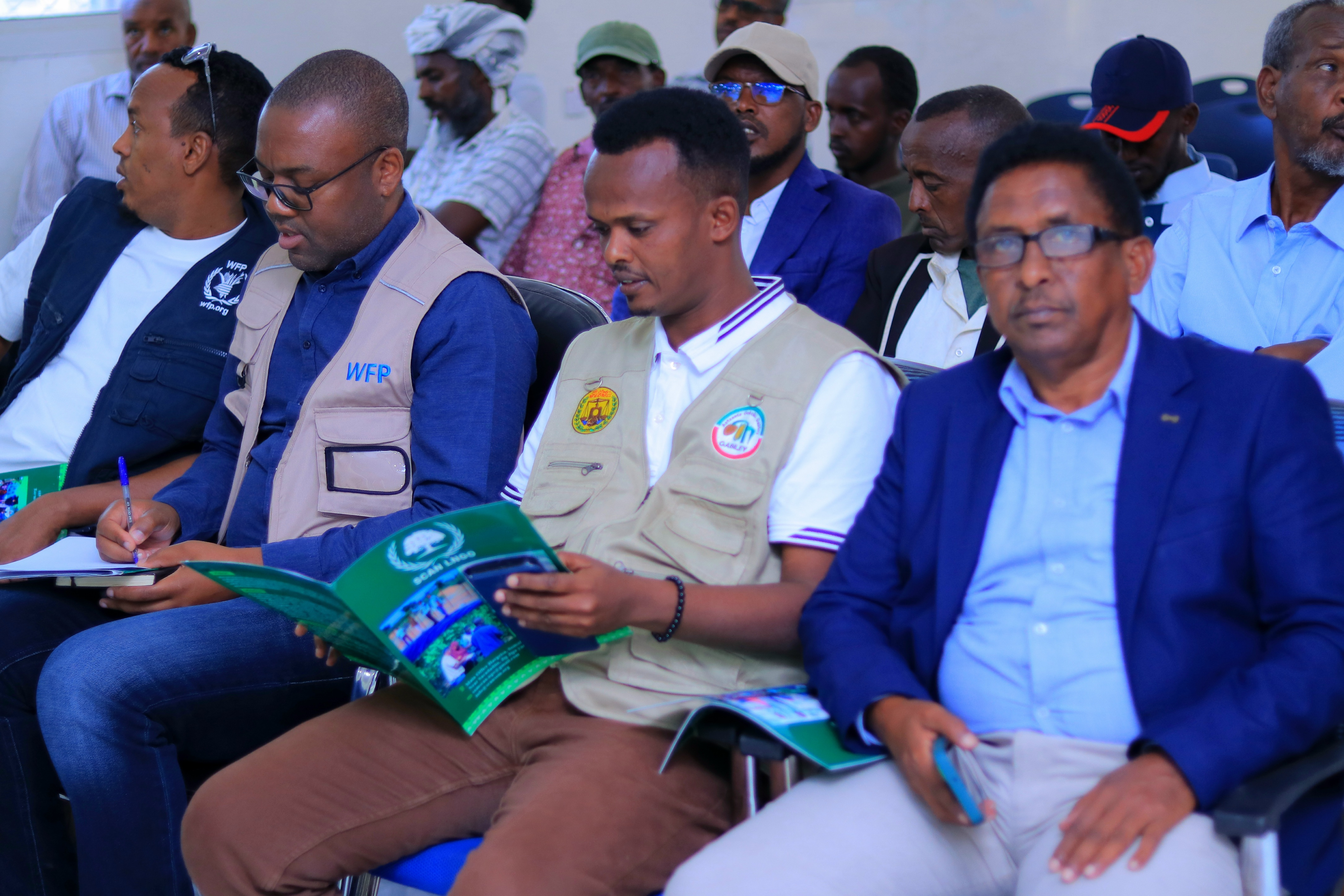
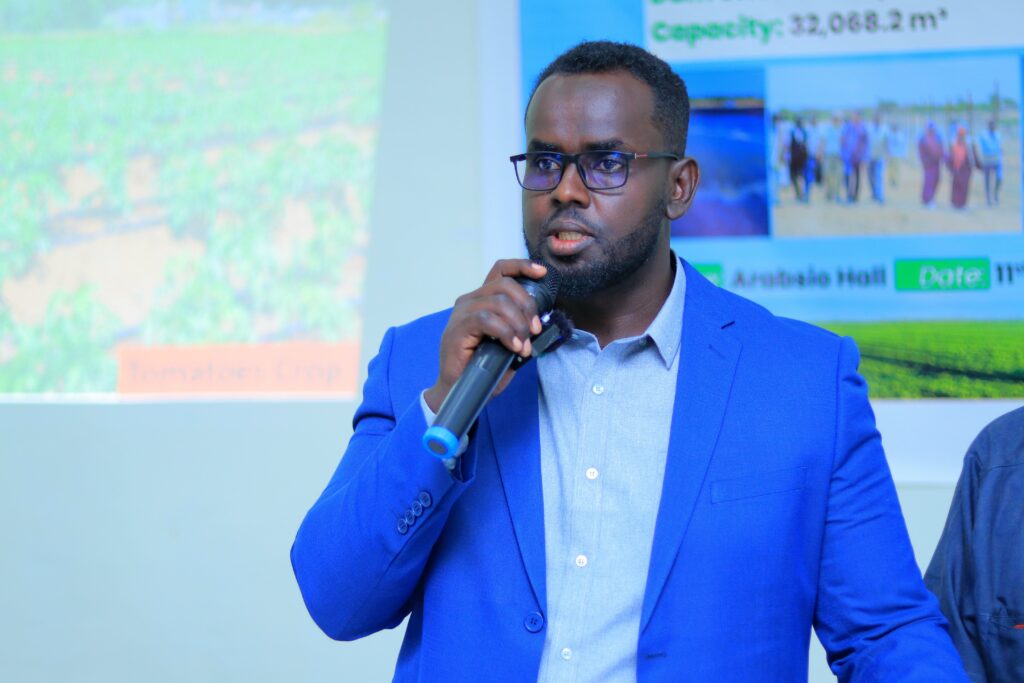
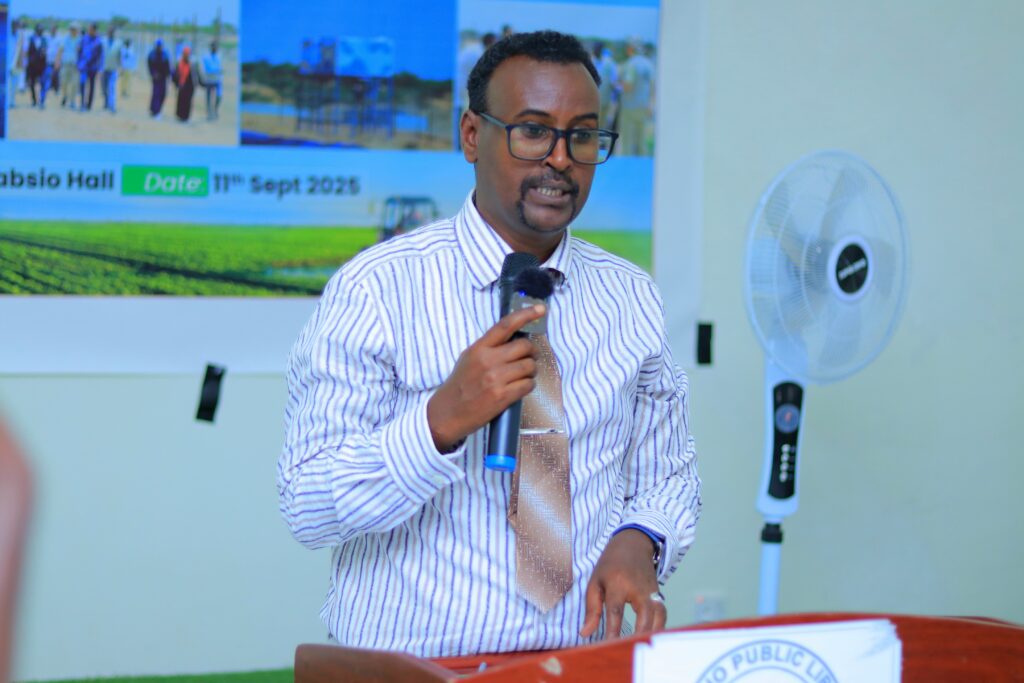
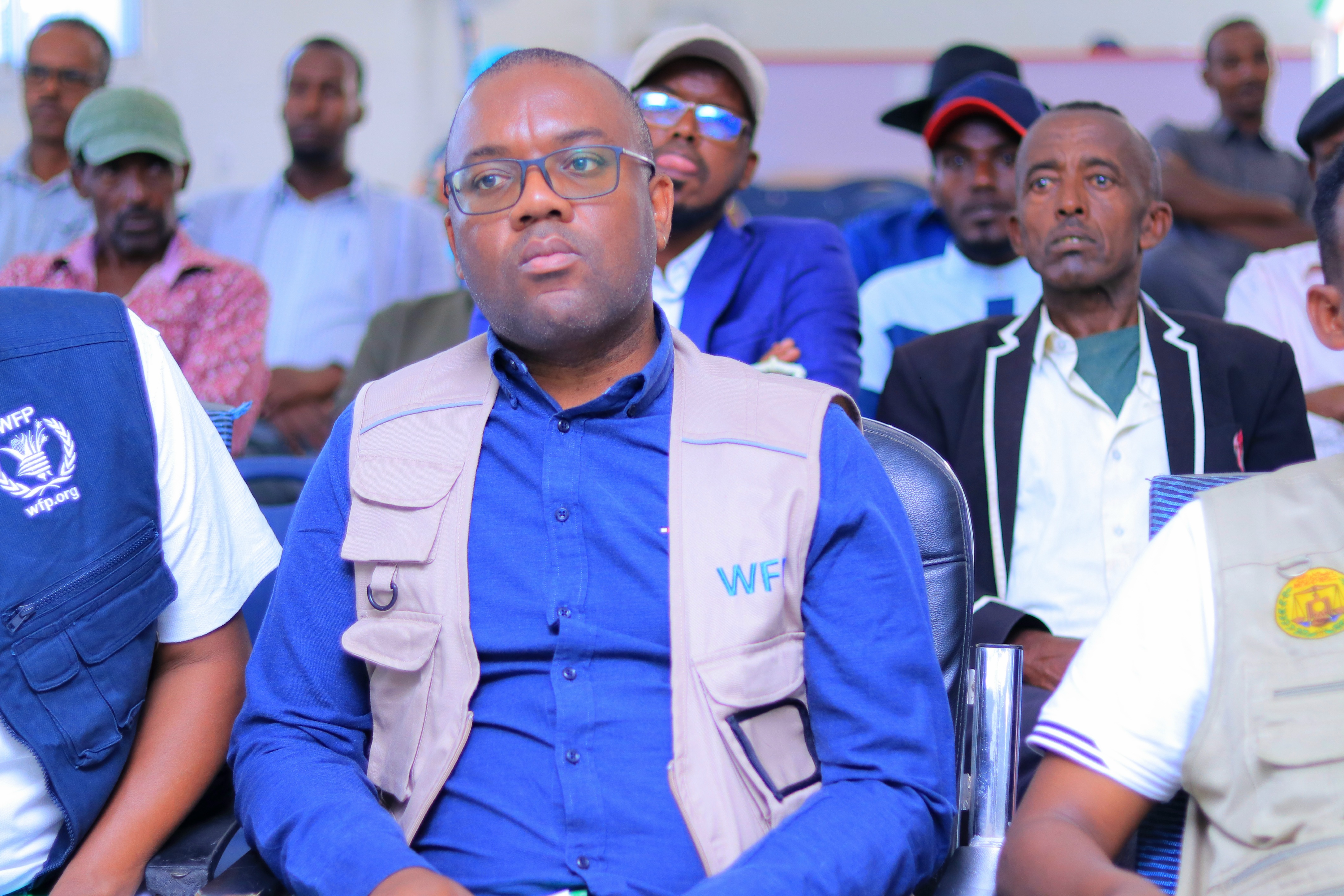
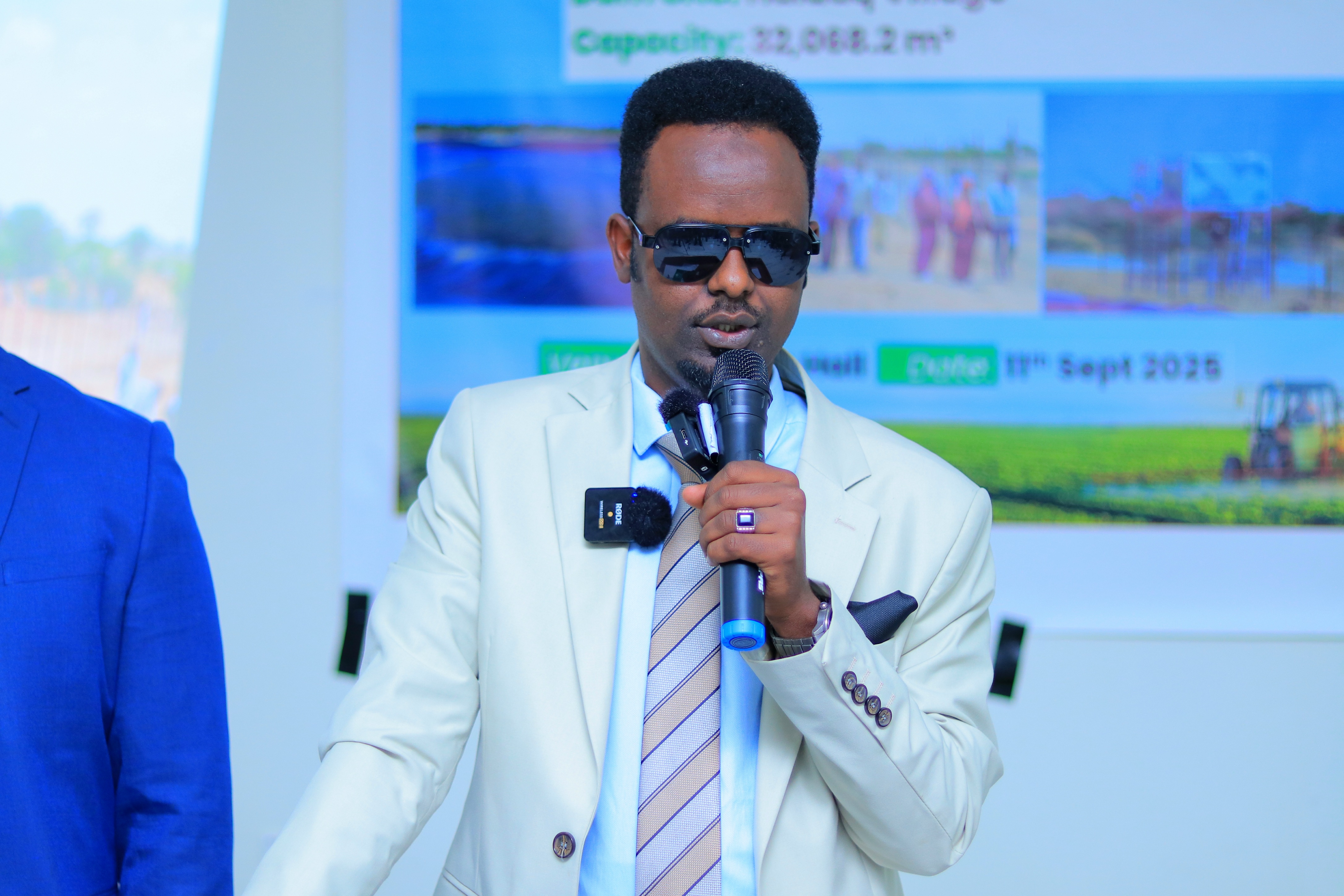
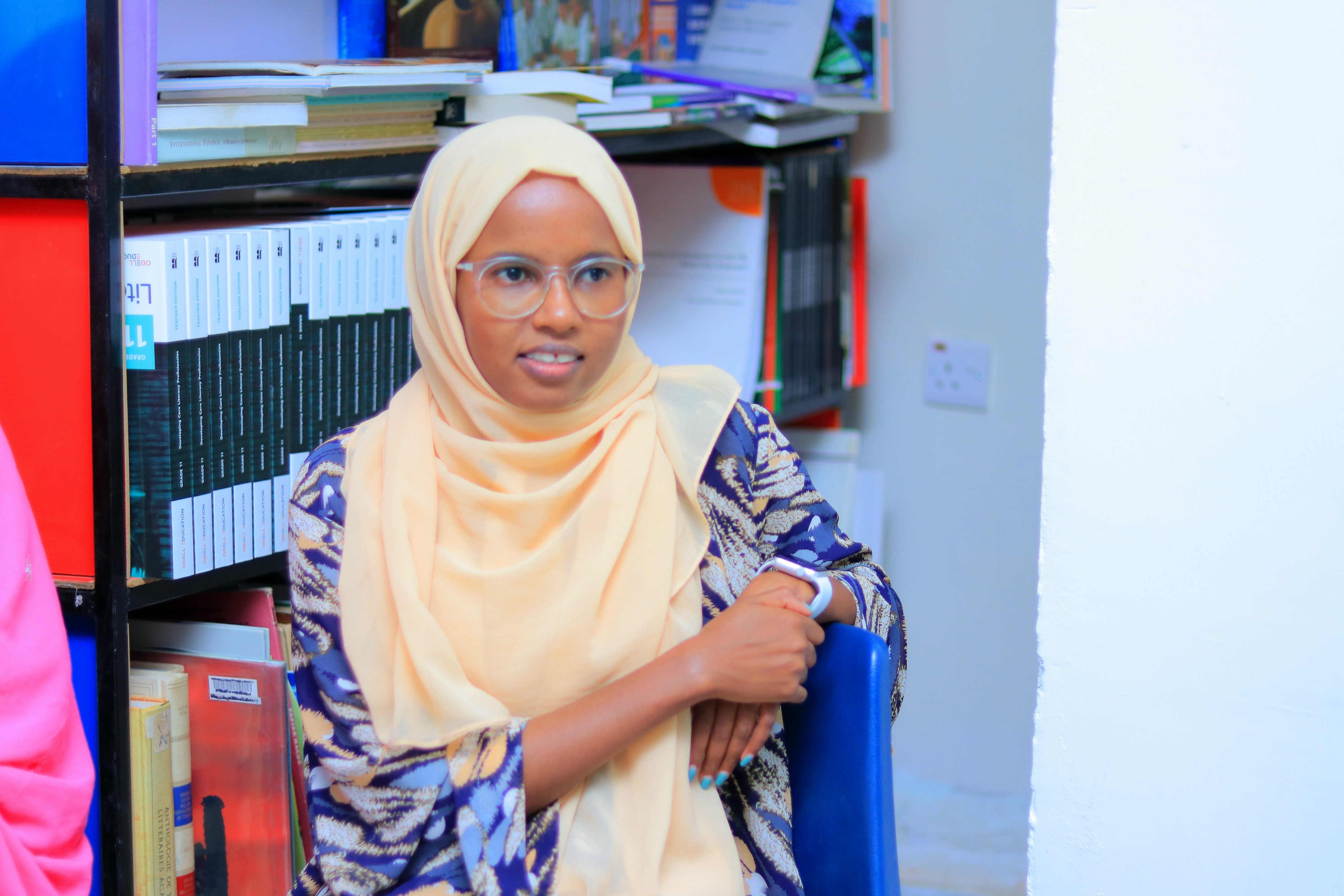

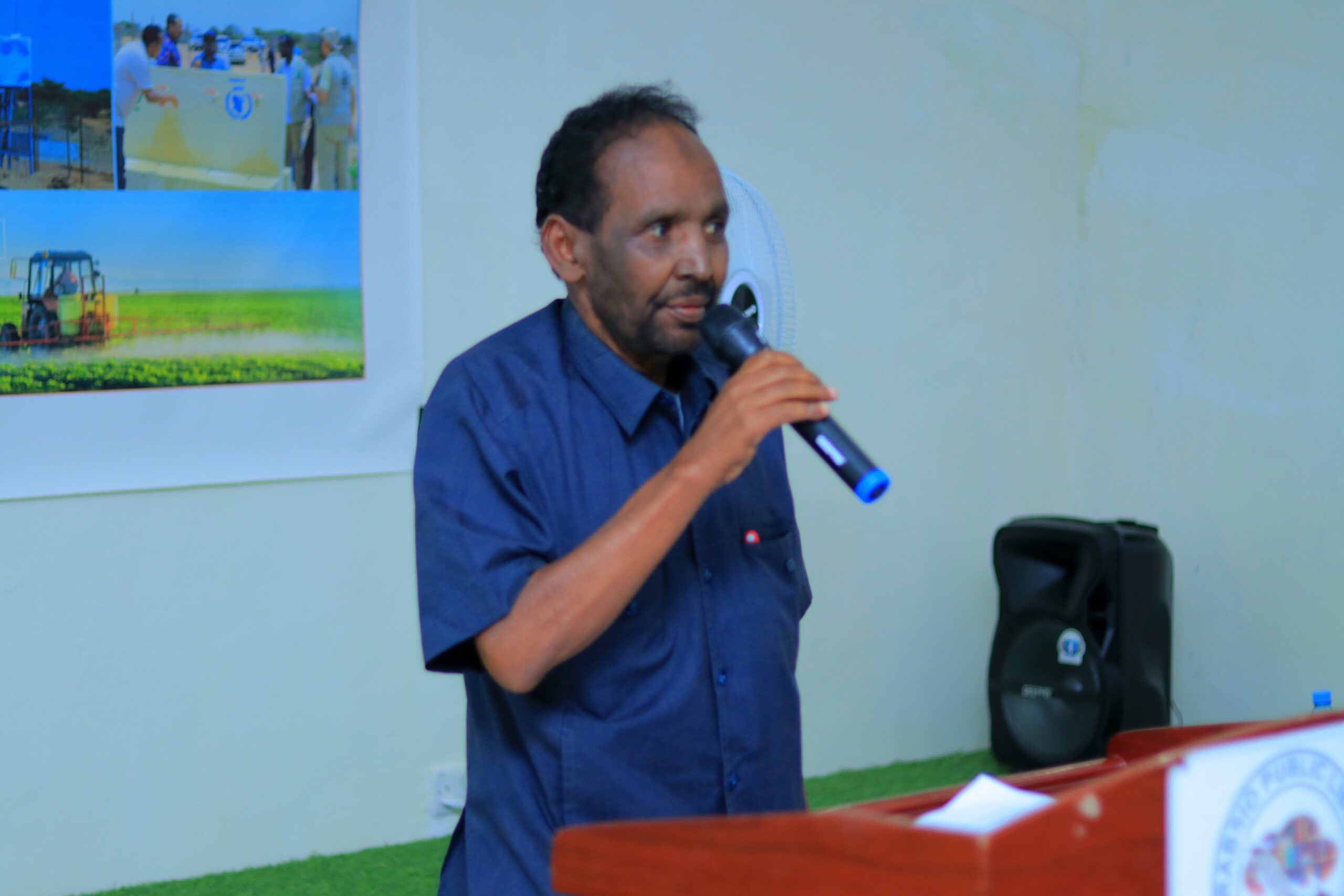
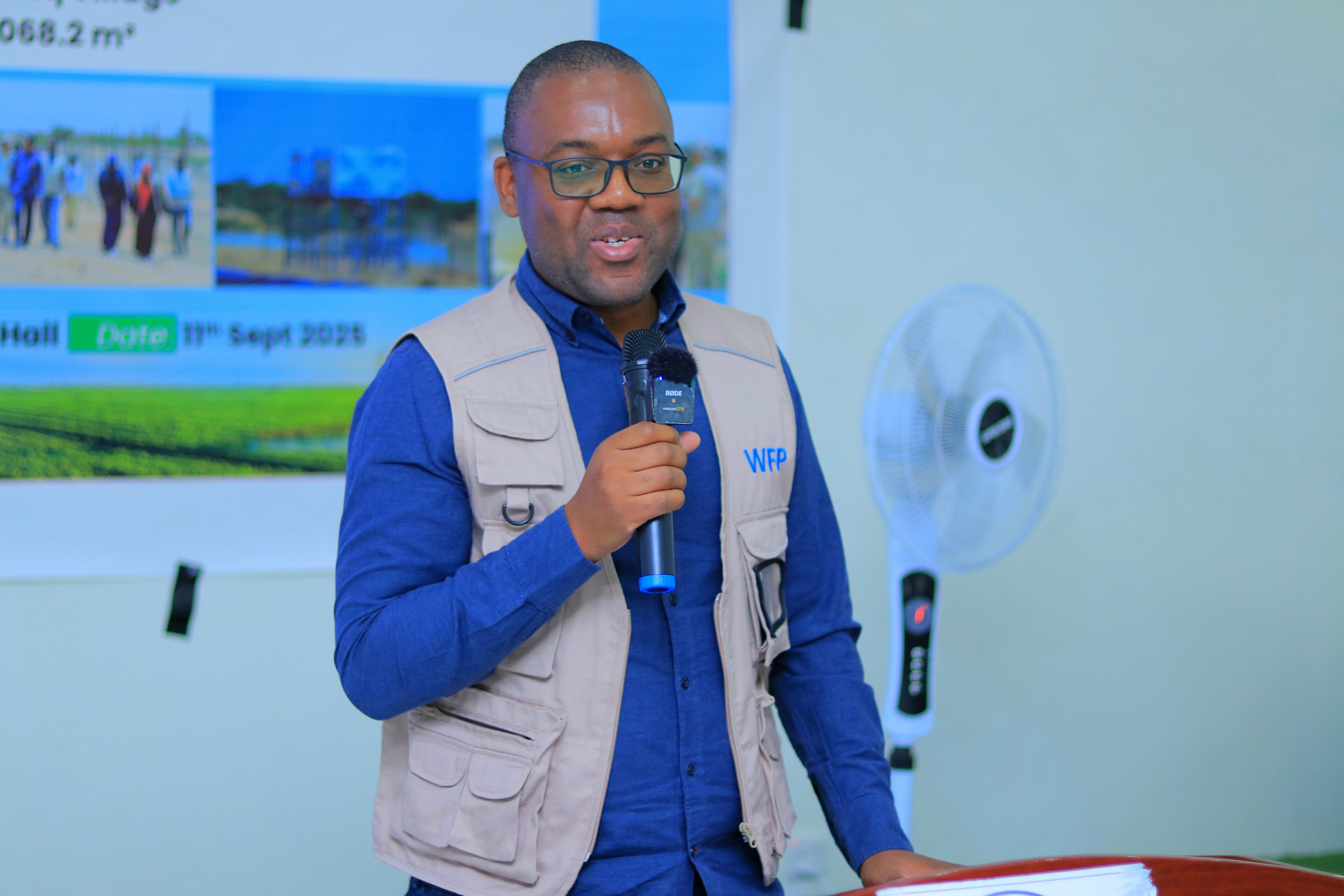



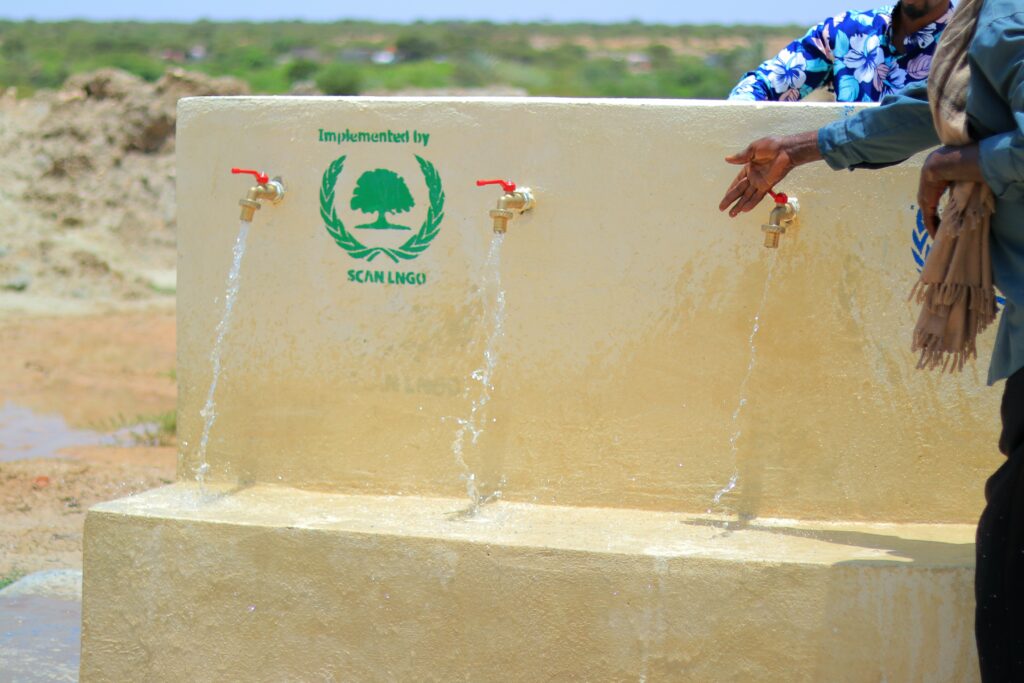
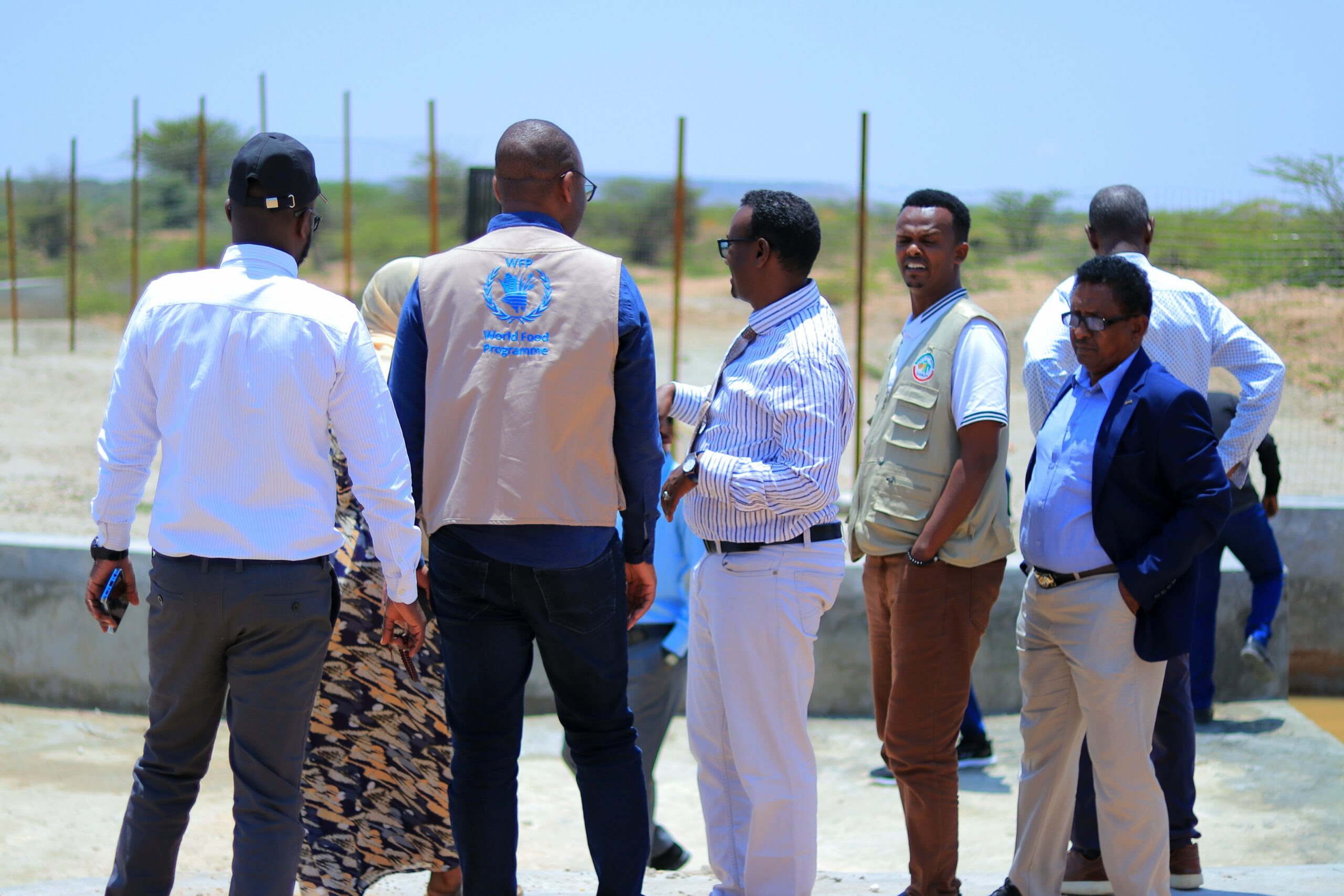

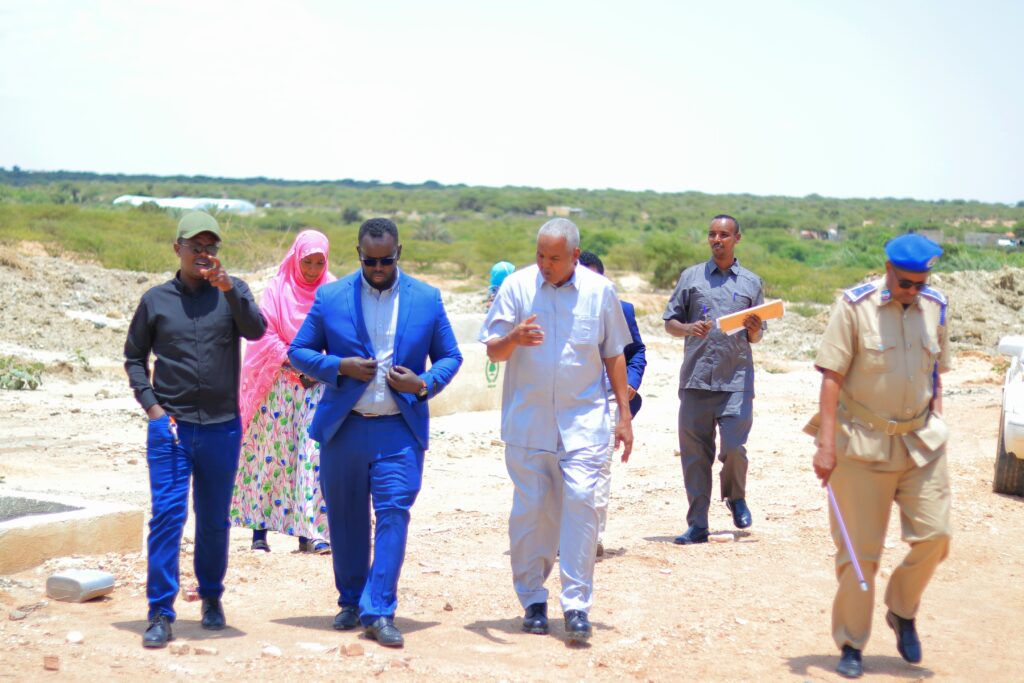

No Comments